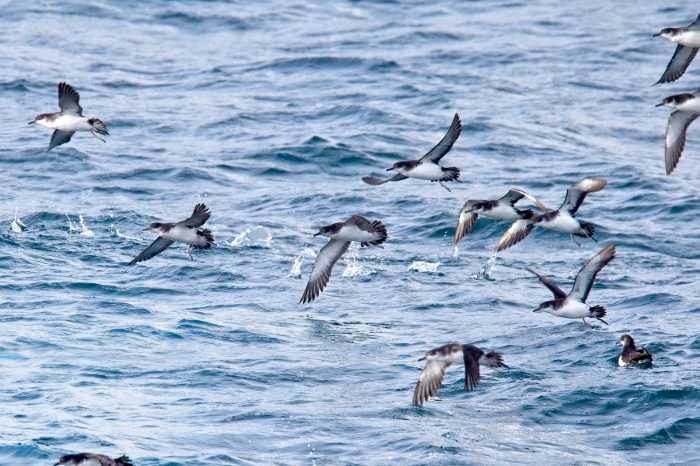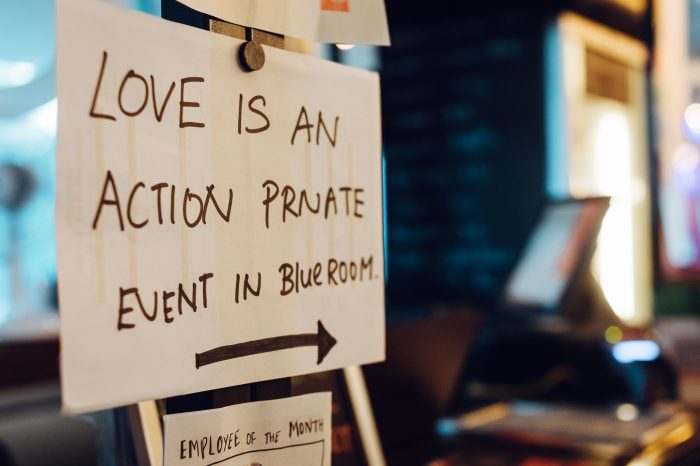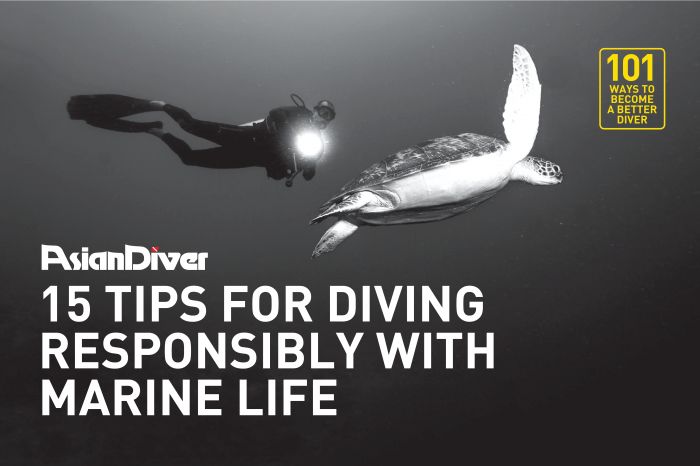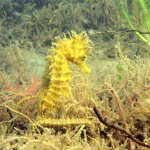SEAHORSE – SAFE SCUBA
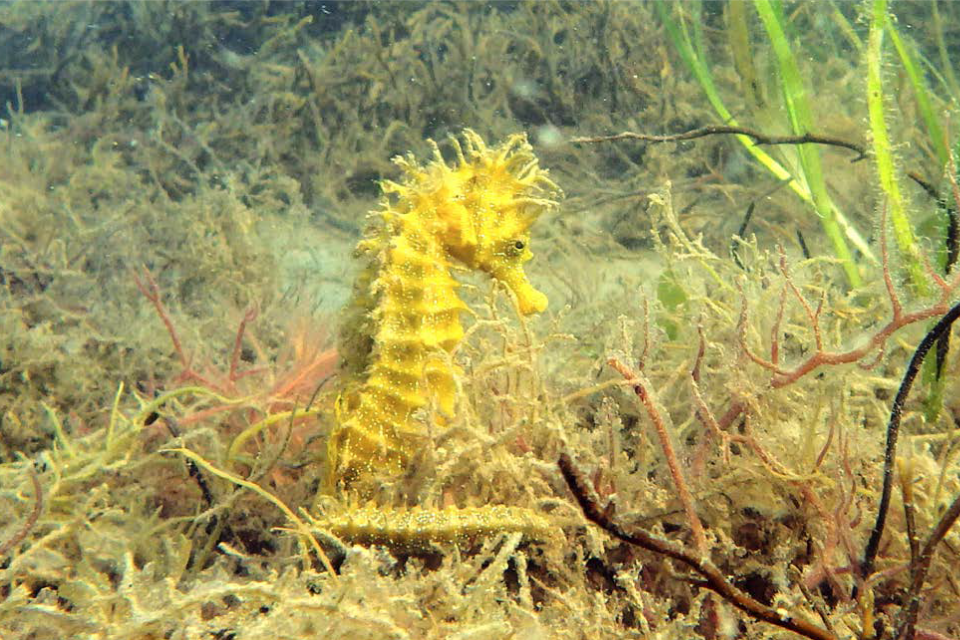
As divers, we have a duty to the species we go to see in their underwater realm and this duty is particularly important with seahorses
By Neil Garrick-Maidment, The Seahorse Trust
SEAHORSES ARE EASILY STRESSED and it is crucial that we keep our impact to a minimum, and not add to the stress they endure naturally, by adopting a best practice approach to diving with them. Only by doing this can we help not only the conservation of the seahorse, but also the habitat they, and so many other incredible species, live in.
Seahorses are protected in various countries around the world, so check out the local laws and regulations if you want to see them, and importantly, find a good local guide who knows the area and can help you find them. The following guidelines have been put together to make sure that seahorses stay safe, and that you as a diver can get the best out of your experience.
SEAHORSES AND FLASH PHOTOGRAPHY
Those seahorses are highly prone to stress is a known fact, but few people realise that flash photography and even the use of lights can kill them. Seahorses’ have very good colour vision, and highly adapted eyes: A seahorse that lives in seagrass sees with a greenish tinge whereas a seahorse that lives on coral sees with a blue tinge; this is the perfect adaption to be able to see prey in these types of water. Seahorse eyes are also designed to see in very low light because they tend to live towards the bottom of the seabed. This means that any bright light or flash is blinding to them and causes stress.
Seahorses naturally contain a number of dormant diseases such as tuberculosis and vibrio in their body, which, under normal circumstances, do not affect them. However, if they become stressed, their bodies are weakened and these diseases can take hold and slowly kill them. So, if you have used excess flash on a seahorse (better to use none) or bright lights (again, better to use none) it will cause stress in their bodies which can allow these diseases to take hold and kill them. It will not happen immediately in front of you, but a week or two later when you have long gone and are showing friends and family that lovely picture you got. It is sad to think that the beautiful seahorses that you are showing pictures of could be dead.
Please be careful and avoid inflicting stress by not using flash or lights with these amazing, sensitive animals. Keep your movements to a minimum, and be relaxed around them, to help ensure they are here for generations to come.
DO
Notice that as a seahorse gets stressed, its colour starts to darken and it bends its head downwards to present less of a profile. Move away if you notice the animal displaying this kind of behaviour, as continuous stress can lead to the death of the animal.
DON’T
Hover over seahorses – this stresses them as they think there is a predator above them.
DO
Make sure that there are only a maximum of 8 divers around a seahorse at any one time (preferably less), and that divers are not completely surrounding the animal, but positioned in a semicircle so that the seahorse can move away if it wants to.
DON’T
Disturb, touch or chase seahorses – touching them is against the law in many countries and should not be done under any circumstances.
Want to read the rest of the tips? Subscribe to Asian Diver here or download the digital copies of our magazine here!


